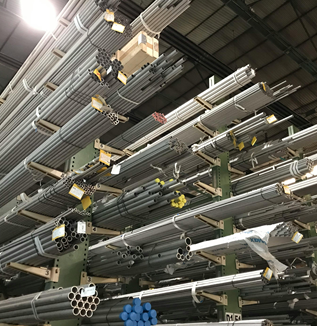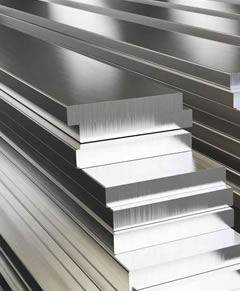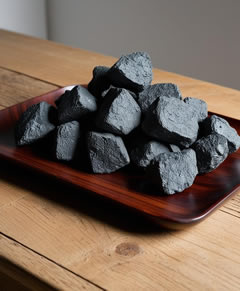Gold Scrap
- VMetalor
- Gold Scrap
ALL SERVICES
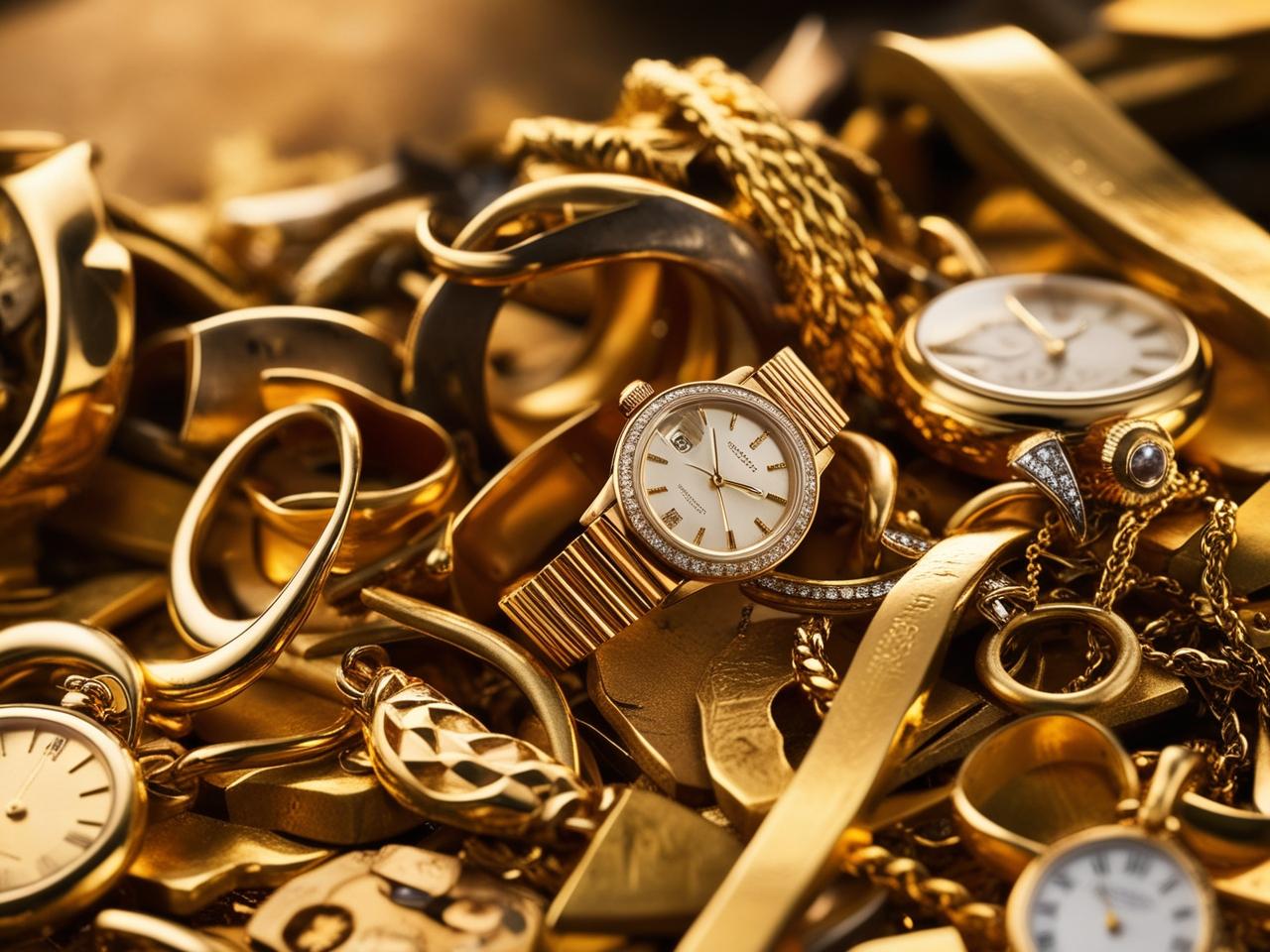
Steel Bars
Scrap Gold Jewelry Recycling: Unlocking Value from Watches, Rings, Necklaces, and Pendants
Scrap gold from jewelry—such as watches, rings, necklaces, and pendants—offers a unique opportunity for both environmental sustainability and economic gain. In today’s circular economy, turning old, unwanted gold jewelry into refined, high-value products is not only eco-friendly but also profitable. Here’s an in-depth look at how scrap gold jewelry recycling works, its benefits, and how you can leverage this process for maximum value.
What is Scrap Gold Jewelry?
Scrap gold jewelry includes any gold-containing items that are no longer in use or are considered outdated. This category often comprises:
- Watches: Luxury and vintage watches that contain gold components.
- Rings: Engagement, wedding, or fashion rings made from pure gold or gold alloys.
- Necklaces: Chains and pendants crafted from various gold purities.
- Pendants: Small decorative pieces, often with intricate designs, that hold gold as their primary metal.
These items, regardless of their design or sentimental value, hold intrinsic material value that can be recovered and recycled.
The Recycling Process
1. Collection and Sorting
The process begins with the collection of scrap gold jewelry. Dealers and recyclers gather items from various sources—gold buyers, pawnshops, or even direct consumer submissions. Once collected, the jewelry is sorted based on gold content, condition, and type.
2. Assaying and Testing
Before recycling, each piece undergoes rigorous testing to determine its gold purity. Techniques such as X-ray fluorescence (XRF) spectroscopy and acid tests are employed to ensure accuracy. This step is critical in establishing the scrap value and informing the refining process.
3. Melting and Refining
After assaying, the sorted jewelry is melted in high-temperature furnaces. The molten gold is then purified through processes like electrolysis to achieve high levels of purity—often 99.99%. Impurities and other metals are separated, allowing for the creation of high-quality gold bullion.
4. Casting into Bullion or Ingot Form
Once refined, the pure gold is cast into standardized shapes such as bars or ingots. These forms are easier to trade, store, and further process for various industrial and investment purposes.
Benefits of Recycling Scrap Gold Jewelry
Economic Benefits
- Cost Efficiency: Recycling gold requires significantly less energy than mining new gold, which translates into lower production costs.
- Profitability: Refined gold is a highly valued commodity. By recycling scrap jewelry, dealers can secure a steady revenue stream while also offering competitive pricing.
- Market Opportunities: With global demand for gold remaining strong, recycled gold can be a lucrative asset for investors and manufacturers alike.
Environmental Benefits
- Energy Conservation: Recycling uses up to 95% less energy compared to the production of new gold from ore.
- Resource Conservation: Recycling conserves natural resources by reducing the need for additional mining, which is both environmentally disruptive and resource-intensive.
- Waste Reduction: Converting scrap jewelry into refined gold minimizes waste and contributes to a sustainable, circular economy.
Real-World Applications
Case Example: Urban Gold Recyclers
A leading gold recycling firm in Nairobi has implemented an efficient collection and refining process that has transformed hundreds of kilograms of scrap gold jewelry into high-purity gold bullion annually. This not only supports sustainable practices but also provides a significant return on investment for both the recycler and the sellers of scrap jewelry.
Case Example: Community Gold Buy-Back Programs
Some local initiatives encourage consumers to sell their old or unwanted gold jewelry. These programs often offer instant cash payments based on the current gold market price, benefiting households while feeding the recycling ecosystem.
Why Choose Our Voldor?
Certified Expert & Team
Cost Efficiency: Recycling gold requires significantly less energy than mining new gold, which translates into lower production costs.
Fast Reliable Services
Profitability: Refined gold is a highly valued commodity. By recycling scrap jewelry, dealers can secure a steady revenue stream while also offering competitive pricing.
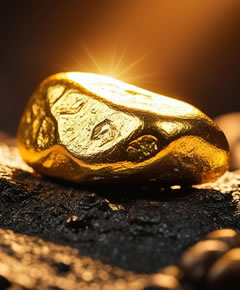
Our Few Benefits
Watches: Luxury and vintage watches that contain gold components.
Product Details:
- Rings: Engagement, wedding, or fashion rings made from pure gold or gold alloys.
- Necklaces: Chains and pendants crafted from various gold purities.
- Pendants: Small decorative pieces, often with intricate designs, that hold gold as their primary metal.
What is gold scrap?
Gold scrap refers to any discarded or unwanted gold-containing items, such as jewelry (rings, necklaces, watches, pendants) and electronic components, that can be recycled to recover pure gold.
How is the quality of gold scrap determined?
The quality of gold scrap is typically measured by its purity, which is assessed through assays and spectroscopic methods like X-ray fluorescence (XRF). Purity is often expressed in karats (with 24 karats being pure) or as a percentage (e.g., 99.99%).
What processes are involved in recycling gold scrap?
Recycling gold scrap involves several steps: Collection and Sorting: Items are collected and sorted based on their gold content. Assaying: Each item is tested to determine its purity. Melting and Refining: The scrap is melted in high-temperature furnaces and refined—often using electrolysis—to produce high-purity gold bullion.
How does recycling gold scrap benefit the environment?
Recycling gold scrap uses significantly less energy (up to 95% less) compared to mining and refining new gold. This reduction in energy consumption decreases greenhouse gas emissions and helps conserve natural resources, supporting a circular economy.
How is the value of gold scrap determined?
The value of gold scrap is primarily determined by its purity (karat or percentage), weight, and current market price of gold. Reputable dealers also factor in processing costs and any additional value from alloy components.




